Posted on July 15, 2022
–
to me
+
On July 12, NASA organized a presentation, in Greenbelt Maryland at STC headquarters (see below), of five of the first images taken by the new James Webb Space Telescope, “JWST”. This day is historic, as was the day the images from the Hubble telescope were shown after correcting his initial nearsightedness (1990). The difference is amazing. We cannot simply say that we see more. We have to say we see more because we see better, which means that nearby stars and star formations are seen as much clearer and more accurate and that we actually see much farther.
The difference is due to the size of the mirrors but also to the fact that the telescope uses different wavelengths, as the two are linked.
First, the JWST’s primary mirror has a diameter of 6.5 m, as opposed to 2.4 m for the Hubble mirror. Thereafter, the received radiation processing is no longer centered on visible waves (with a margin in ultraviolet and infrared) as with Hubble, but on infrared waves, up to 29 microns (compared to 1.7 microns for Hubble) With always visible margin. This makes it possible to see sources of radiation that are cooler than those emitted in the visible spectrum and also to perceive them through clouds of dust that obliterate or mask them.
In addition to allowing more radiation to be received, the larger size of the Webb mirror is partly justified by the length of the wavelengths that will be captured. In fact, since infrared waves are longer than visible waves, a larger surface is needed for the image they transmit to us to be accurate enough. In other words, the cluster’s surface enhances the telescope’s sharpness and thus its ability to resolve, which would otherwise have been weaker. The latter would be like Hubble, 0.1 arc second, but for much longer wavelengths (and thus much weaker lights).
The five images that NASA has chosen to display show the different areas in which JWST will be active. Note: All of these images have the same image credits, NASA, European Space Agency, CSA – Canadian Space Agency, and STScI – Space Telescope Science Institute, a NASA-founded institution that manages and, with the participation of ESA, conducts the research conducted by Hubble and now by Webb.
The first image is the “first deep field of the Web”.
Credits: NASA, ESA, CSA, and STScI
(See the title illustration for a comparison with what Hubble sees)
It is centered around the galaxy cluster “SMACS 0723” and allows us to access the lights from more than 13.5 billion years ago (for memory, the universe is 13.8 billion years old). At this distance, we will be at the time of the first galaxies, those that began to glow at the end of the “dark ages” (the matter had to refocus after the release of light, 380,000 years after the Big Bang). We don’t see them live but thanks to the effect of a gravitational lensing (in this case, the galaxy cluster, in the center of the image, SMACS 0723) that brings us closer, as a magnifying glass does, to what is behind it and thus which appears around it. On the heavenly vault the image will be the size of a grain of sand. Note: Radiant stars are located in the vicinity of the galaxy.
The second image shows “Stéphane Quintet”, five galaxies apparently grouped
Credits: NASA, ESA, CSA, and STScI
This is Webb’s largest image relative to the surface of the celestial vault (a fifth of the diameter of the moon). The two galaxies in the upper right collide causing massive shock waves, clearly visible here distorting their curves; There is a powerful black hole in the center of the galaxy at the top. The third galaxy, on the left, is closer to us.
The third image is a view of the Carina Nebula (NGC 3324).
Credits: NASA, ESA, CSA, and STScI
Located about 7,600 light-years away, it sheds light on the star formation process. In the center (above, outside the image), a very massive star exploded and pushed galactic and stellar dust around. We can clearly see (in blue) the super-hot gas from the explosion (top) and (in ocher) the dust cloud surrounding it (bottom). The pressure of gas on dust is generated by the gravitational concentrations of matter from which stars are born, which we see here at all stages of their formation.
The fourth image shows the Southern Ring Nebula (NGC 3132).
Credits: NASA, ESA, CSA, and STScI
This nebula is located 2,300 light-years away. The principle is the same as in the previous picture but the stars are different in mass and the evolution process is less advanced. Here we have two images taken with two different cameras aboard Webb, the near-infrared camera (NIRCam) on the left and the medium-infrared camera that captures longer wavelengths (MIRI), on the right.
The second image shows for the first time that the star in the center is indeed a double. The second is surrounded by dust, and the other is not, which means that the first is the cause of the nebula, and not the star on the right … who in spite of everything will one day know the fate of his companion.
The fifth image is a spectrograph of a massive planet close to its star WASP-96.
Credits: NASA, ESA, CSA, and STScI
It is one of about 5,000 exoplanets identified so far. It is a “hot Jupiter”, i.e. a very large planet (half the mass of Jupiter) and is even more massive because it is so tiny (1.2 times in diameter than Jupiter). Just one ninth of Mercury’s distance from the Sun, it orbits its star in 3.5 days; Since the star is of a solar type, it is very hot. We still cannot “see” such a planet because it does not emit visible radiation and is too small for our instruments (1500 light-years away) but we can understand its spectrum and size, however different from the star when it passes between us and it (and to assess its mass by the oscillation it causes for that star). ). The peculiarity of this spectrum is that it is more accurate than ever before and shows the presence of water (which can only be in the form of vapor due to the temperature). This possibility of accuracy will allow us to search for water in the atmospheres of other planets that are less hostile to life (or terrestrial).
***
It took 25 years of incredibly hard work to get these first images, 25 years to design, produce and bring them up by folding them like origami, the enormous Webb observatory under the surface of its rocket (ESA’s Ariane V). It also required a lot of money (more than 10 billion when we were only 2 billion in 2001!). But it is a feat (a successful launch by Arianespace was not the least component) and this feat opens up a new era for astronomy that will also last for 25 years.
At yesterday’s event, everyone present was happy and relieved that everything went well. The leader is of course NASA, which provided most of the equipment, but the European Space Agency (ESA) and the Canadian Space Agency (CSA) also make significant contributions. Around them are multiple organizations and communities, in all 20,000 people all over the world!
The European Space Agency provided two tools:
Spectrophotometer “NIRSpec”, already mentioned, manufactured by Astrium GmbH in Germany;
The MIRI spectrometer, already mentioned, collects the coldest waves, ranging from 5 to 29 microns. To produce this tool, 10 member states of the European Space Agency gathered, including Great Britain, France and Switzerland.
Moreover, as already mentioned, it was the European Space Agency that carried out the launch on December 25, bringing the telescope into orbit, as planned, the Lagrange point from the Sun and L2 Earth, 1.5 million km from the Sun.
Canada, for its part, introduced another spectrometer, the “NIrISS”, and the “FGS” (“Fine Guidance Sensor”) instrument. The spectrometer will operate at wavelengths from 0.8 to 5 microns. Its purpose is the discovery and characterization of exoplanets as well as transit spectroscopy (analysis of the atmosphere as a planet passes in front of its star). FGS is an indicator for targeting the target with the highest accuracy (within one millionth of a degree). For this, he called it “Web’s steering wheel”.
However, it should not be assumed that the United States did nothing. They designed and produced the telescope itself and its foldable. They also provided the “NIRCam” instrument, an imaging device that operates at wavelengths from 0.6 to 5 microns. Like the FGS, NIRCam is auxiliary to scientific observation that is mainly carried out by other spectrometers.
For at least once, it went well and the look was great! “Go Web, go” as the Americans say!
Title Clarification: Comparing the same deep field, seen by Hubble on the left and seen by Webb on the right.
end to end: https://www.nasa.gov/webbfirstimages

“Music guru. Incurable web practitioner. Thinker. Lifelong zombie junkie. Tv buff. Typical organizer. Evil beer scholar.”





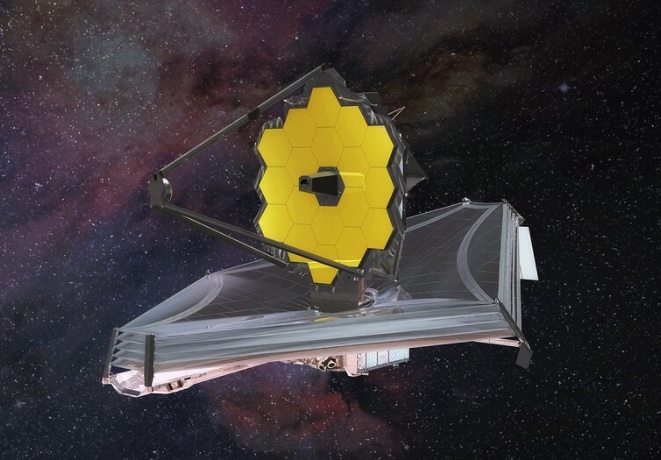

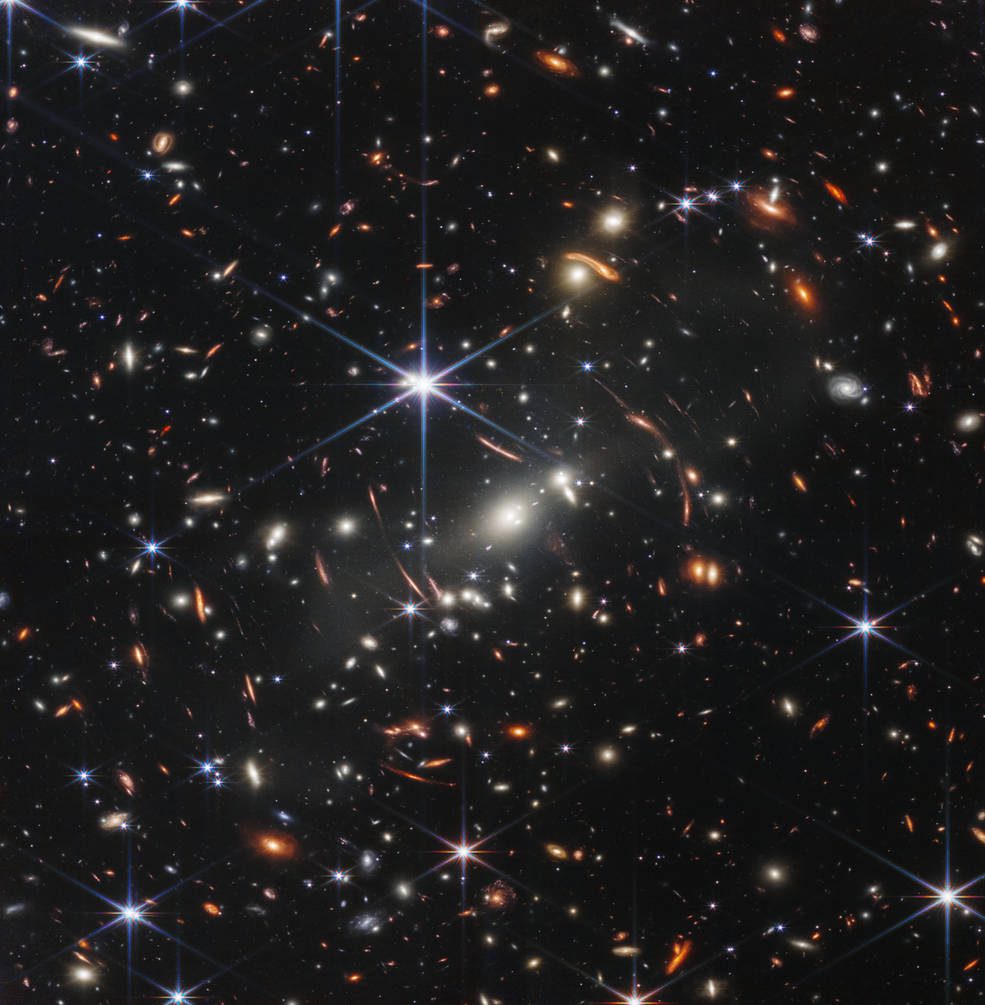
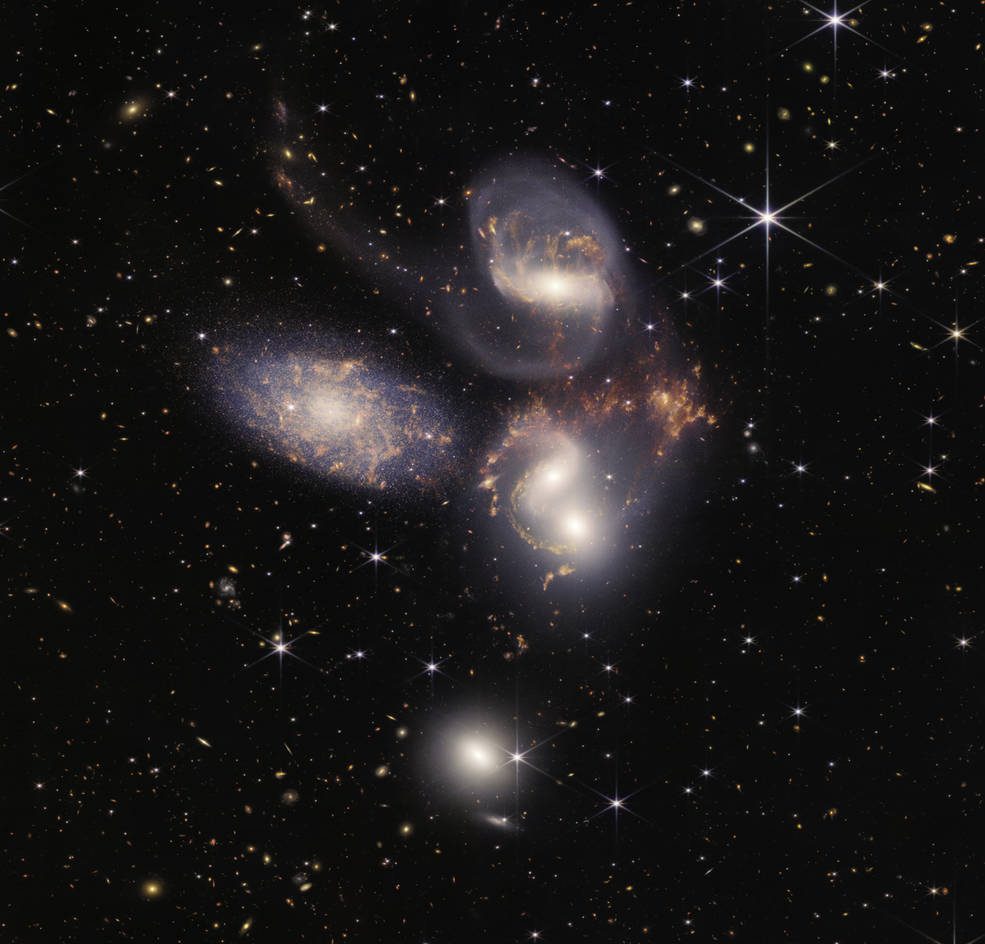
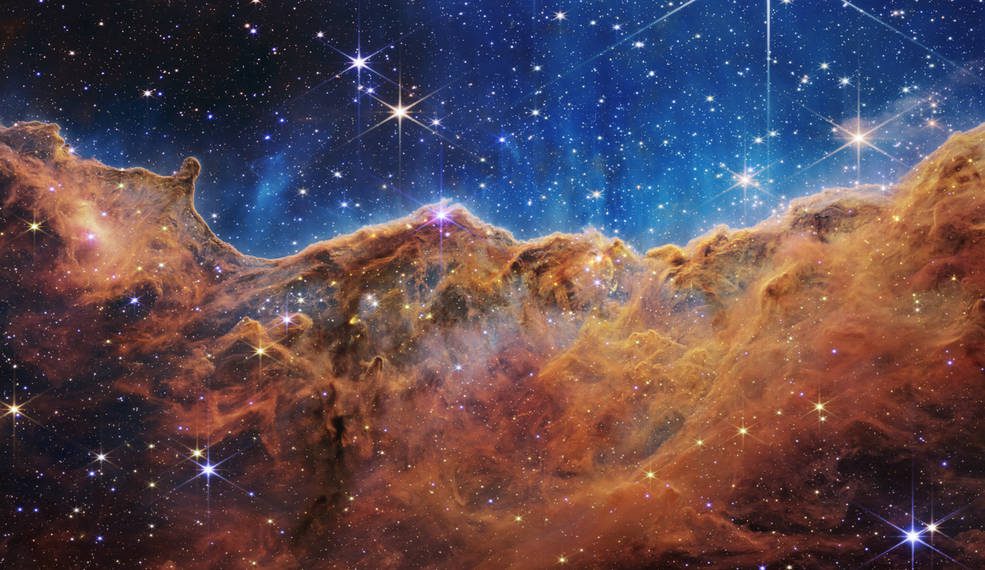
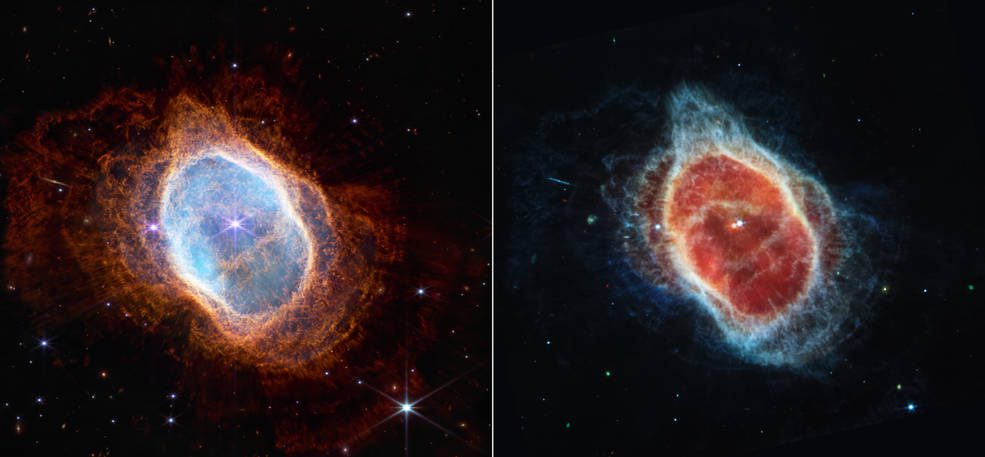
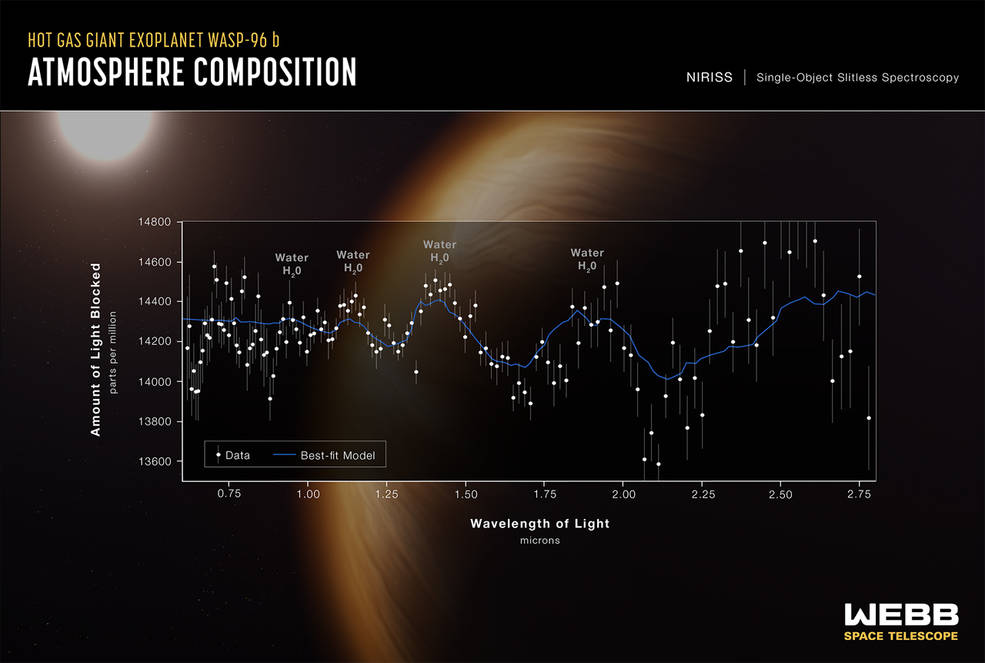
More Stories
A large manufacturing project awaits space in the industrial zone
According to science, here are officially the two most beautiful first names in the world
Green space, 100% pedestrianized: DIX30 reinvents itself